Blueberries — those small, round, deep-blue fruits — have rapidly grown from a niche forest berry to one of the world’s favorite superfoods. Praised for their sweet-tart flavor, nutritional richness, and versatility, blueberries are now enjoyed in smoothies, cereals, desserts, and health supplements globally. But when it comes to large-scale commercial cultivation, only a handful of countries truly dominate the market. So, which country leads them all in blueberry production? Let’s dive into the fascinating world of blueberry farming and find out.
A Brief History of Blueberries
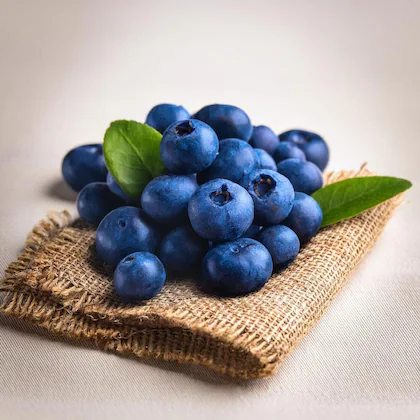
Blueberries are native to North America, where indigenous peoples have consumed them for centuries, both fresh and dried. These berries were traditionally used in medicines, natural dyes, and food preservation. The wild blueberries still growing across North America are known as lowbush blueberries.
Commercial cultivation of highbush blueberries (the type you typically find in supermarkets) began in the early 1900s, thanks to agricultural pioneers like Elizabeth White and Frederick Coville. Their work transformed wild berries into a widely cultivated crop, eventually spreading around the world.
The Growing Popularity of Blueberries
In recent decades, blueberries have gained enormous popularity thanks to their reputation as a superfood. Packed with antioxidants, vitamins, fiber, and anti-inflammatory compounds, they are often linked to heart health, brain function, and immune support.
This health-driven demand has significantly boosted global production. According to data from the International Blueberry Organization (IBO), global cultivated blueberry production has grown from 200,000 metric tons in 2010 to over 1 million metric tons by 2024 — and the numbers continue to rise.
The Largest Blueberry Producer in the World: United States
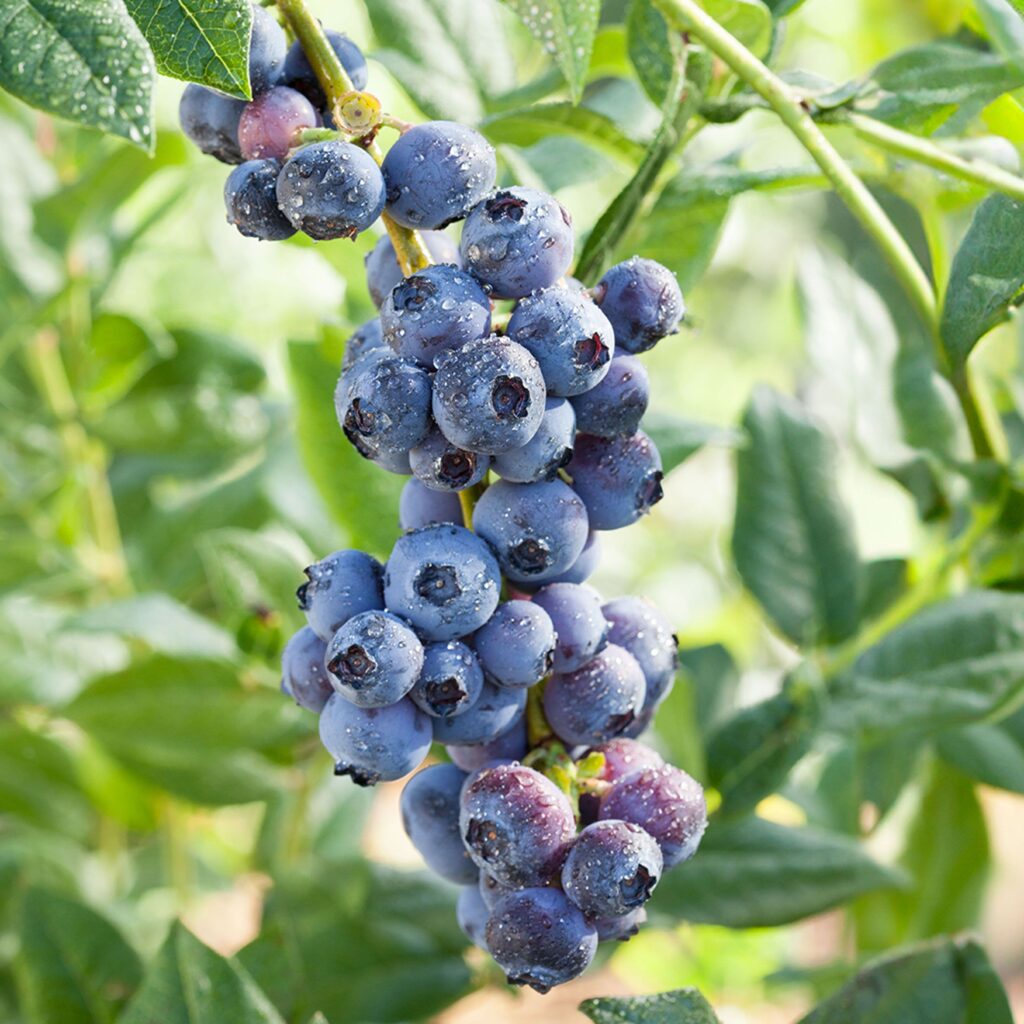
Currently, the title of the largest blueberry producer in the world belongs to the United States. The U.S. remains a global leader in both cultivated and wild blueberry production, contributing significantly to the global blueberry supply.
Quick Production Stats:
- United States’ annual blueberry production: Over 330,000 metric tons
- Top blueberry-producing states: Washington, Oregon, Michigan, Georgia, New Jersey
- Key varieties: Highbush and lowbush (wild) blueberries
- Major export destinations: Canada, Japan, the UK, South Korea
Why Is the U.S. the Top Blueberry Producer?
Several factors explain why the U.S. maintains its leading position:
Ideal Growing Conditions
The U.S. has a diverse range of climates suitable for both highbush and lowbush blueberry varieties. The Pacific Northwest (especially Washington and Oregon) provides cool, moist environments perfect for highbush blueberries. Meanwhile, Maine is famous for its expansive wild lowbush blueberry fields.
Advanced Farming Technology
American farmers employ some of the world’s most sophisticated agricultural practices, including mechanical harvesting, drip irrigation, integrated pest management, and precision agriculture tools to optimize yield and quality.
Strong Domestic and International Demand
With a growing focus on health and wellness, blueberries are highly sought after in the U.S. market and abroad. Blueberries feature prominently in health-conscious diets, desserts, smoothies, and breakfast cereals.
Support from Agricultural Research
Land-grant universities like the University of Maine and Michigan State University have spearheaded blueberry research for decades, improving disease resistance, berry size, and yield potential.
Other Top Blueberry-Producing Countries
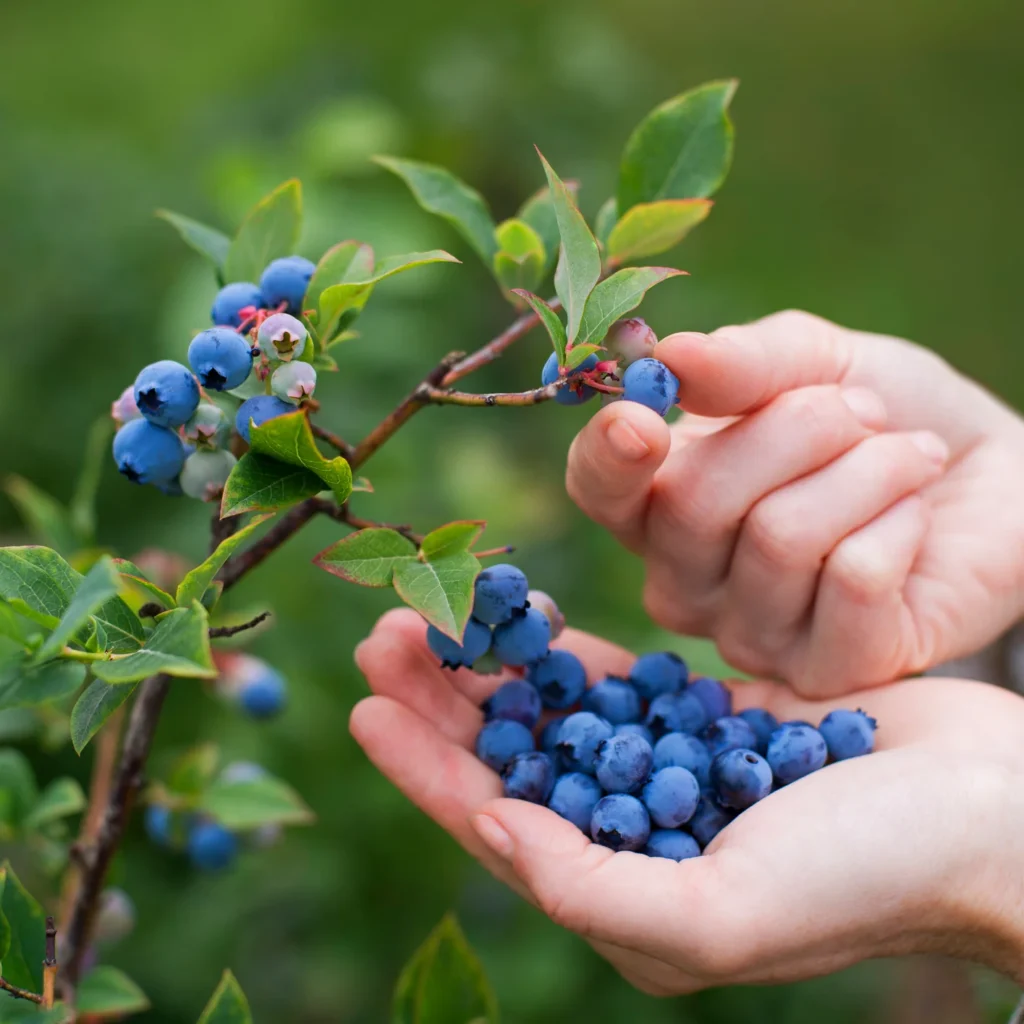
While the U.S. leads globally, several other countries are rapidly expanding their blueberry industries and contributing significantly to global supply.
Peru
In recent years, Peru has emerged as a blueberry powerhouse, currently ranking second globally. Peru’s production has skyrocketed from less than 10,000 metric tons in 2015 to over 280,000 metric tons in 2023.
Thanks to its year-round growing conditions and export-oriented agriculture, Peru has become a top supplier to North America, Europe, and Asia during the off-seasons of northern countries.
Canada
Canada holds the third position in global blueberry production, especially known for its wild lowbush blueberries in provinces like Nova Scotia, New Brunswick, and Quebec. The country produces around 160,000 metric tons annually, split between cultivated highbush and wild lowbush varieties.
Chile
Chile is a leading blueberry exporter and the fourth-largest producer globally, with an annual output exceeding 150,000 metric tons. Thanks to its counter-seasonal harvest (November to March), Chile supplies fresh blueberries to the northern hemisphere during winter.
Spain
Spain has recently expanded its blueberry acreage, producing around 60,000 metric tons annually. The region of Huelva in southern Spain is the country’s main production hub, focusing on early-season harvests for European markets.
Blueberry Production: Highbush vs. Lowbush
Blueberries come in two main types:
- Highbush blueberries (Vaccinium corymbosum): These are the large, plump berries grown in most commercial orchards around the world.
- Lowbush blueberries (Vaccinium angustifolium): Also known as wild blueberries, they grow low to the ground and are harvested primarily in Canada and Maine, USA. These berries are smaller, intensely flavored, and often used in jams, baking, and frozen products.
The United States and Canada together produce nearly 90% of the world’s wild lowbush blueberries.
Popular Blueberry Varieties

Across the globe, growers cultivate dozens of highbush blueberry varieties, selected for their flavor, size, harvest time, and climate adaptability.
Some of the most popular varieties include:
- Duke: Early-season, firm, and sweet-tart.
- Bluecrop: Mid-season, high yield, balanced flavor.
- Legacy: Late-season, exceptionally sweet.
- Chandler: Largest berry size available.
- Aurora: Very late-season harvest, extending availability.
In Peru and Chile, heat-tolerant and early-fruiting varieties like Biloxi and Emerald are widely cultivated.
Economic Importance of Blueberries
The blueberry industry is a multi-billion-dollar global market, encompassing:
- Fresh consumption
- Frozen blueberries
- Juices, jams, and preserves
- Dried blueberries
- Nutritional supplements
In the U.S. alone, blueberries generate over $1.5 billion USD annually in farm gate value. Blueberry festivals, agritourism, and pick-your-own operations also contribute significantly to local economies.
Future Trends in Blueberry Production
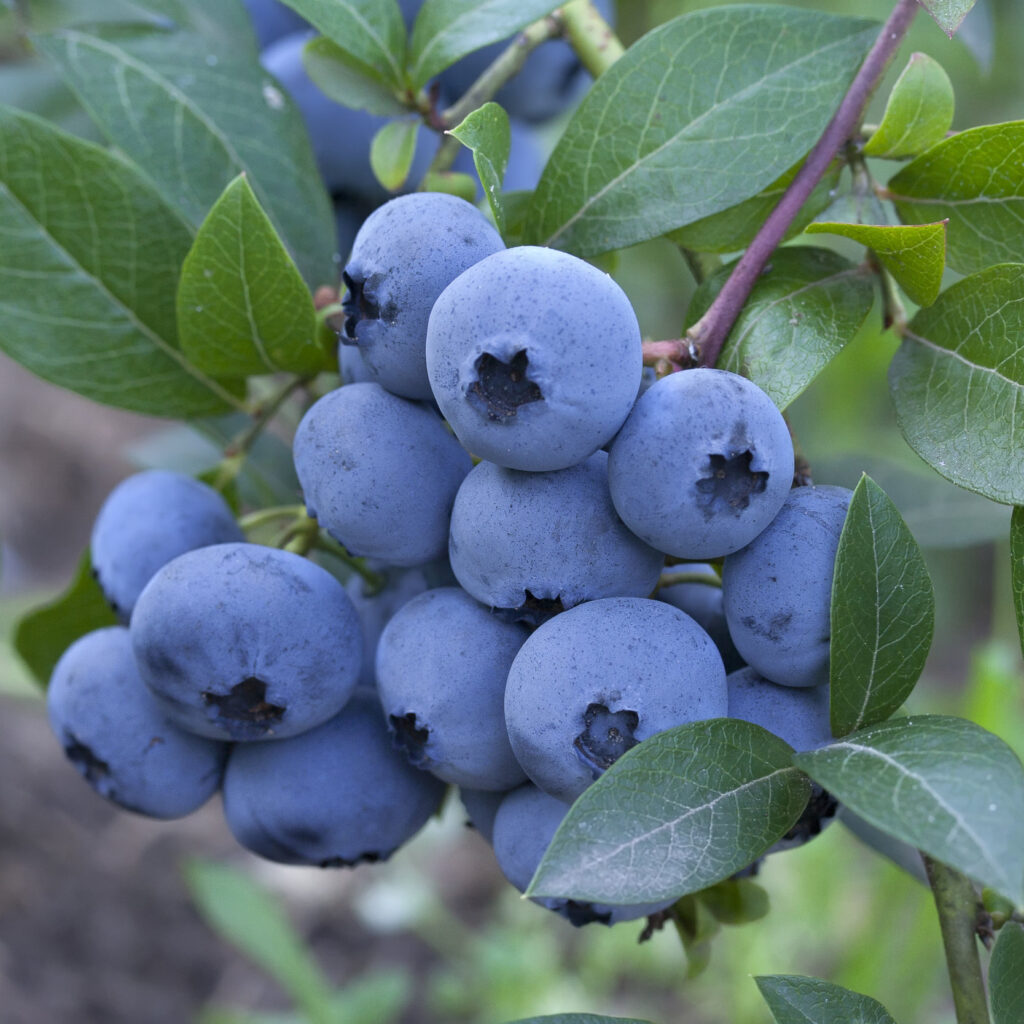
The blueberry industry faces exciting opportunities and unique challenges:
Rising Global Demand
As awareness of blueberries’ health benefits spreads, demand is increasing in emerging markets like China, India, and Southeast Asia.
Year-Round Supply Chains
Countries in the southern hemisphere, including Peru, Chile, and South Africa, are playing a crucial role in maintaining global blueberry availability throughout the year.
Sustainable Practices
Producers are adopting organic farming, water-saving irrigation, and integrated pest management to meet environmental and consumer standards.
New Super-Varieties
Breeders are developing disease-resistant, climate-adapted, and ultra-sweet varieties to improve yield and quality.
Conclusion
So, which country is the largest blueberry producer in the world? — It’s the United States. With its ideal climates, advanced farming practices, and extensive history of blueberry cultivation, the U.S. has secured its position at the top of the global blueberry market.
However, with the rapid rise of Peru, Canada, Chile, and Spain, the international blueberry landscape is evolving faster than ever. The future promises new varieties, expanded markets, and innovative, sustainable growing techniques — ensuring that this delicious and healthy fruit continues to thrive worldwide.
Would you like a catchy SEO meta description, suggested article headings, or internal linking ideas for this article too? I can whip those up for you!

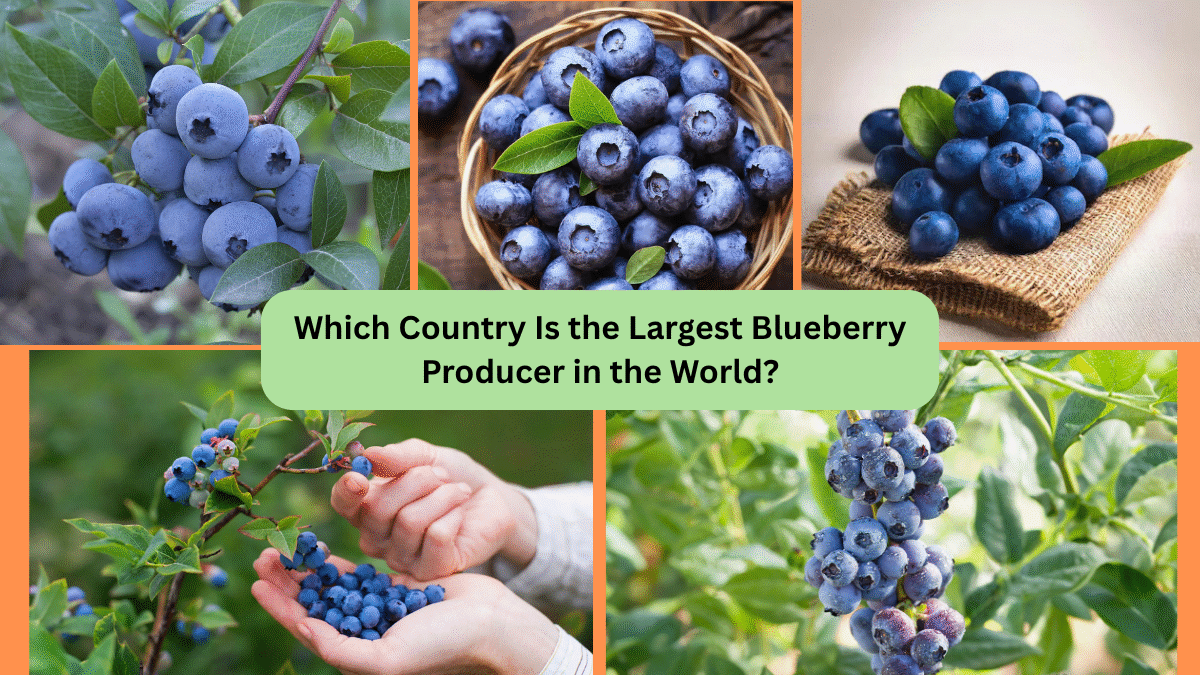



Leave A Comment